This post may contain affiliate links which may generate a small commission from clicks that result in a purchase.
Successful indoor olive trees care depends on 5 main areas: the right location, proper watering, regular feeding, repotting on time, and pest management. Each of these areas is essential in the overall olive tree look and health.
So today I want to guide you through each of these topics by giving fundamental information about indoor olive trees care and link to my other articles explaining each sub-topic in detail. So let’s dive in.
Right Location First
Indoor olive trees need plenty of sunlight, ideally 8 – 12 hours of sun, though they will grow in partial sun. Place your indoor olive trees at the southern window to maximize sun exposure. If you don’t have a south-facing window, a west-facing window is the next best option.
Also, try to keep away indoor olive trees from any radiators, underfloor heating, or draughts, and if on a windowsill keep the olive leaves from touching the glass.
In the summer your olive trees will be happier outside on a sheltered patio but they will also do well on a windowsill or in a bright room or conservatory.
Advice on Watering
Getting the watering right is essential with indoor olive trees in pots. The trick is to water your olive only when the soil is dry to the touch and then to water heavily from the top of the pot (see a section of Deep Watering Method).
Also, important to note your indoor olive tree uses change quite radically from summer to winter and according to the overall indoor conditions. How often you will need to water olive trees depends on indoor temperature, location (light or darkroom), the size of your plant in relation to its pot, and the type of soil.
You should only water indoor olive trees when the top of the soil is actually dry to the touch. Most water-related problems come not from watering too much but watering too often. Use a moisture meter to establish better watering habits.
If you consistently overwater your potted olive tree, its roots will starve of oxygen, and won’t be able to function properly. Eventually, indoor olive trees start dropping their leaves a few at a time at this stage and if it continues can lead to root rot and eventually the death of the tree (see Olive Tree Overwatering Symptoms).
Advice on Feeding
Once a month is a good idea to start using the relevant olive feed to keep your indoor olive tree healthy.
Indoor olive trees benefit from additional Nitrogen, Phosphorus, and Potassium (NPK). Moreover, potted olive trees also need high levels of trace elements including Iron, Calcium, Magnesium, Boron, Copper, and Zinc to keep their leaves and fruits healthy. General-purpose and houseplant fertilizers contain Nitrogen, Phosphorus, and Potassium (NPK) but not all the required trace elements.
If you are interested in more information about olive fertilizers, check out my extensive article on the best olive tree fertilizer:
Only avoid feeding during winter which is a dormant period for olive trees. You should not only water less outside the growing period, but also have no need for fertilizing. Because the olive fruits will develop using the energy that has been stored up in the leaves and stems of the olive tree throughout the growing period.
Advice on Repotting
In addition to feeding regularly, it is a good idea to top up your indoor olive tree compost every spring and to repot it at least every other spring to give it a fresh boost of nutrients.
Potted olive trees need to be periodically repotted to maintain a healthy plant – once a year or once every 2 years for trees up to 6 ft (1.8 m) in height. For olive trees over 6 ft (1.8 m), you can usually just top up the compost once a year and repot every 3 or 4 years (see When & How to Repot Olive Trees?).
Indoor olive tree repotting should ideally take place in the spring or early summer when the olive begins to show signs that it is growing. Sometimes you might decide to repot your olive tree in the summer because the tree has grown on a lot or because you are struggling to keep up with the watering. However, avoid potting up your olive tree in the late autumn or winter unless there is a good reason as it will not be growing and the roots won’t move into the new soil.
Choose the size of the new pot large enough to allow a few centimeters of new soil around the edge of the old rootball of your olive tree.
Pests Management
Indoor olive trees like other plants are sometimes susceptible to pests and insects so proper indoor olive trees care is a must if you spot any signs of intruders. Sometimes these crawl from indoor plants standing next by or sometimes they might fly in or arrive on people’s clothing.
Checking your indoor olive trees every few weeks for signs of trouble will allow you to spot and treat problems before they get hold. Once you know what you’re dealing with it is much easier to treat the problem and get your olive tree back on track.
Aphids
Aphids are very common pests for indoor plants. They can attack the young olive shoots and olive flowers, particularly in the Spring and Summer. You can identify them by noticing a sticky residue on the leaves, green, brown, black, or orange bugs on the shoots, and/or white specks on the tops of the leaves (these are the shed aphid skins falling down).
An insecticidal soap, a general-purpose pest spray, or even just a washing-up soap and water solution will keep these sap-sucking aphids at bay. Don’t worry, it is rare for aphids to do lasting damage to your olive tree but they can limit olive flower blooming and therefore olive fruit yield.
Caterpillars
Caterpillars appear on olive trees if butterflies coming from the open window inside lay their eggs in the olive flower buds and young shoots. Like aphids, caterpillars can do a lot of damage to the olive flowers and olive fruit if not caught early.
A generic-purpose pest spray or simply removing all cocoons and eggs by hand will solve the problem.
Scale insect
Scale insect is very common on indoor plants including potted olive trees. Keep an eye out for any stickiness, honeydew-like discharge and for round brown or black circles on the undersides and veins of the olive leaves, on the branches or fruit of an olive tree.
Scale insects crawl easily from a plant into another one and can create quite big damage if not treated immediately.
For more information about treatments, see my article How to Get Rid Of Scale Insects from Olive Trees.
Mealy Bug
If you notice white spots or white fluffy creatures on your indoor olive tree they are mealy bugs. They live in the cracks and crevices of the olive tree branches and look like cotton wool or trapped fluff.
A specialist spray or biological pest control is the best way to treat them or visit the nearest garden center for their suggested treatment.
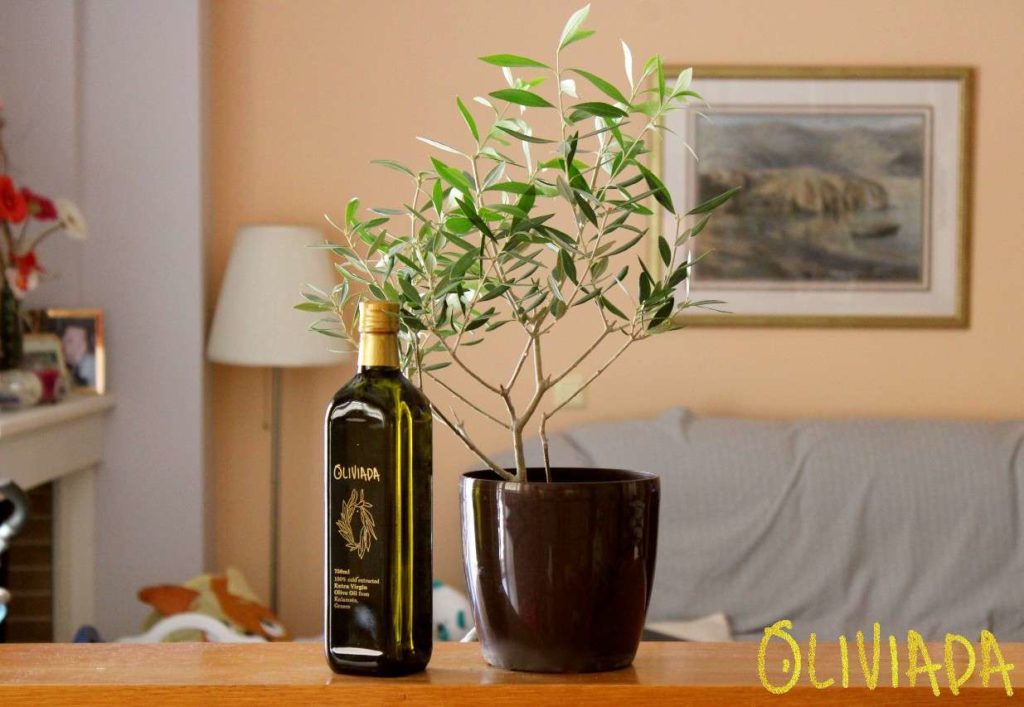
Grab Essentials for Your Olive Tree
We have selected highly customers recommended available products on Amazon:
- Sonkir Soil Moisture Meter 3-in-1
- Natria Insecticidal Soap – Bug Killer
- TreeHelp Premium Fertilizer for Olive
Last update on 2024-07-13 / Affiliate links / Images from Amazon Product Advertising API
Generic FAQs
Can olive trees be grown indoors?
Absolutely yes, you can grow olive trees indoors successfully as long as you take proper care and maintain basic tree needs: full sun, proper watering, and fertilizing.
Do indoor olive trees lose their leaves?
No, indoor olive trees do not lose their leaves completely during winter. They shed olive leaves occasionally due to a natural tree cycle to be able to replace old leaves with new growth.
Are indoor olive trees high maintenance?
No, not all. Indoor olive tree care is low maintenance as long as you water regularly, feed once per month, prune and repot on yearly basis.
Conclusion on Indoor Olive Tree Care
If you are growing olive trees indoors for the first time, I would recommend focusing on 5 basic olive tree needs first and then learn and adapt new techniques such as olive tree pruning, formative shaping, or grafting olive trees in order to complete indoor olive trees care requirements fully. Also, don’t forget to clean indoor olive tree leaves on regular basis.
The easiest way is to start with finding the best location for your potted friend and establishing a watering routine. Then set up a notification to feed the olive tree on monthly basis and remember every spring to repot it into a bigger pot or container.
Furthermore, don’t forget to check your tree every few days to observe overall tree health and check any signs of pests or diseases. Olive leaves are the best indication to show if your olive tree doesn’t like something. For more information on how to identify causes and issues with your potted olive tree, read my comprehensive guide: Problems with Olive Trees in Pots.
Read Next
Related Topics
- 5 Best Olive Trees for Indoors
- 10 Great Reasons to Grow Olive Trees Indoors
- 10 Steps for Moving Olive Tree Indoors for Winter
Hi, I’m Vangelis Kleftogiannis, the founder of Oliviada and an established olive oil expert from Kalamata, Greece. My expertise isn’t just in producing quality Extra Virgin Olive Oil, but also in the cultivation and care of olive trees themselves. I am deeply committed to sharing my knowledge and know-how, helping others understand the intricacies of olive tree growing and the creation of quality olive oil.
Are You Looking to Buy an Olive Tree?
If you are looking to add more potted trees or other plants to your orchard, or if you like to replace a neglected olive tree, the best places to get them are your local nursery or an online nursery.
One of the most reliable and the world's largest online nurseries is Fast Growing Trees. They deliver fast, neat, and healthy plants backed with a 30-day guarantee.

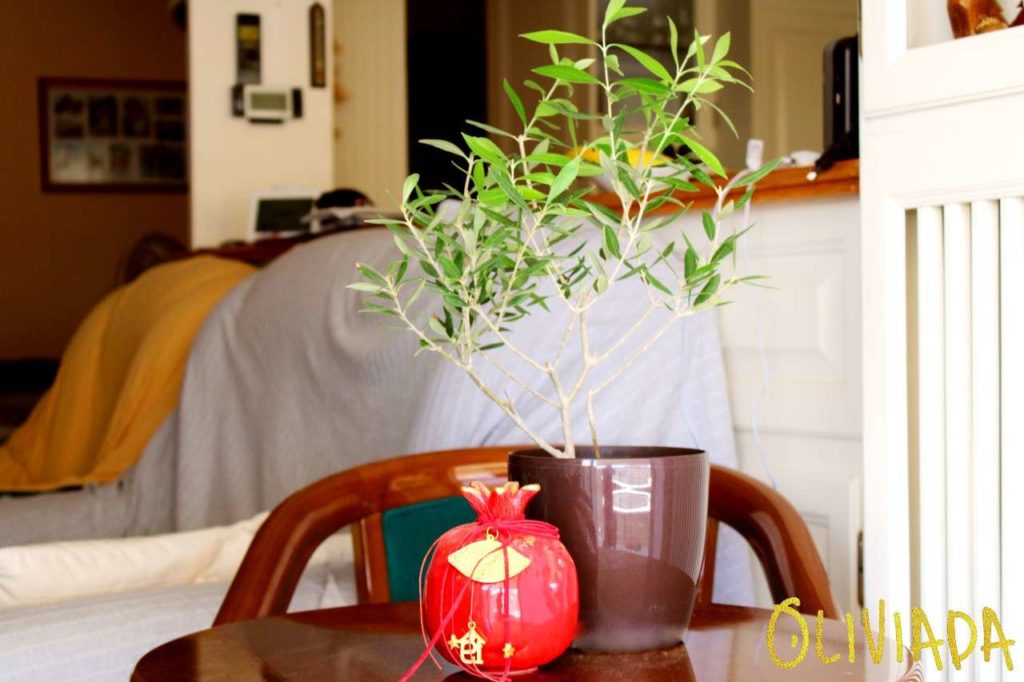
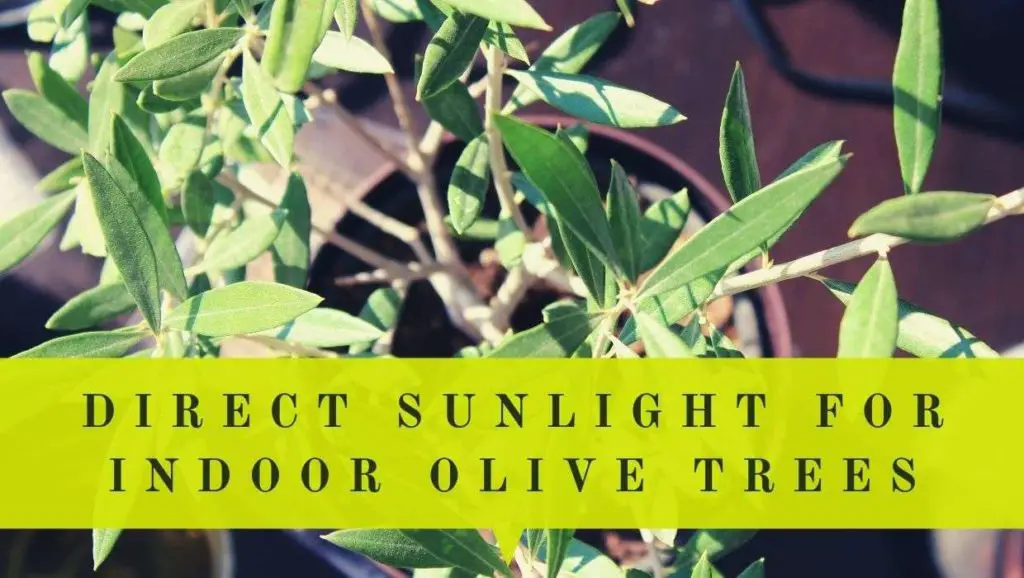
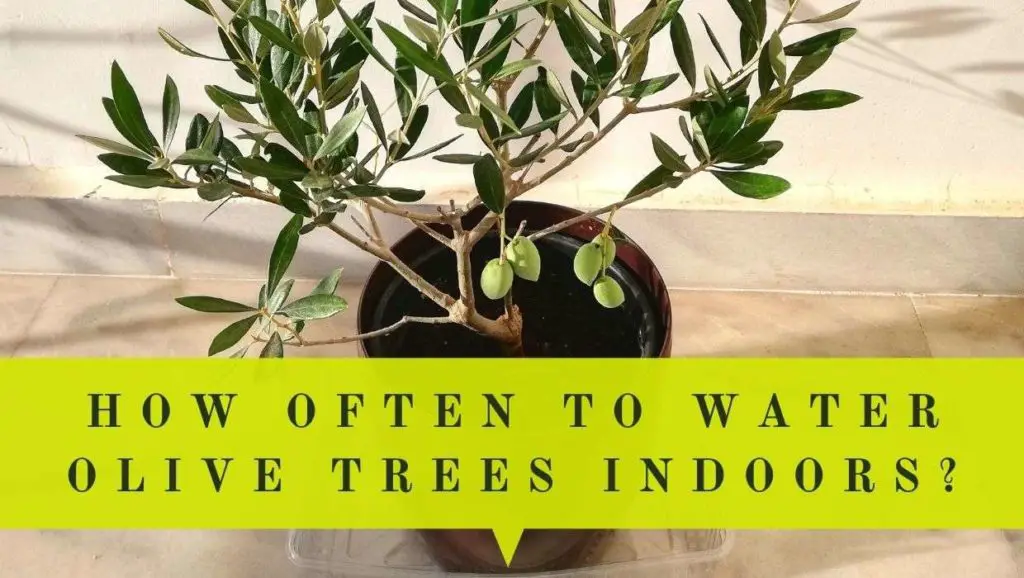
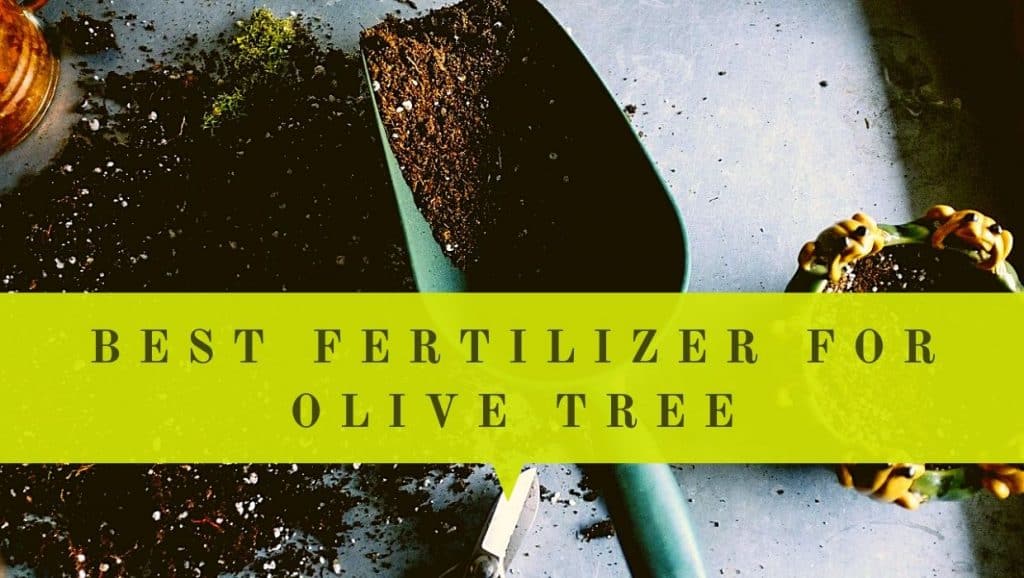
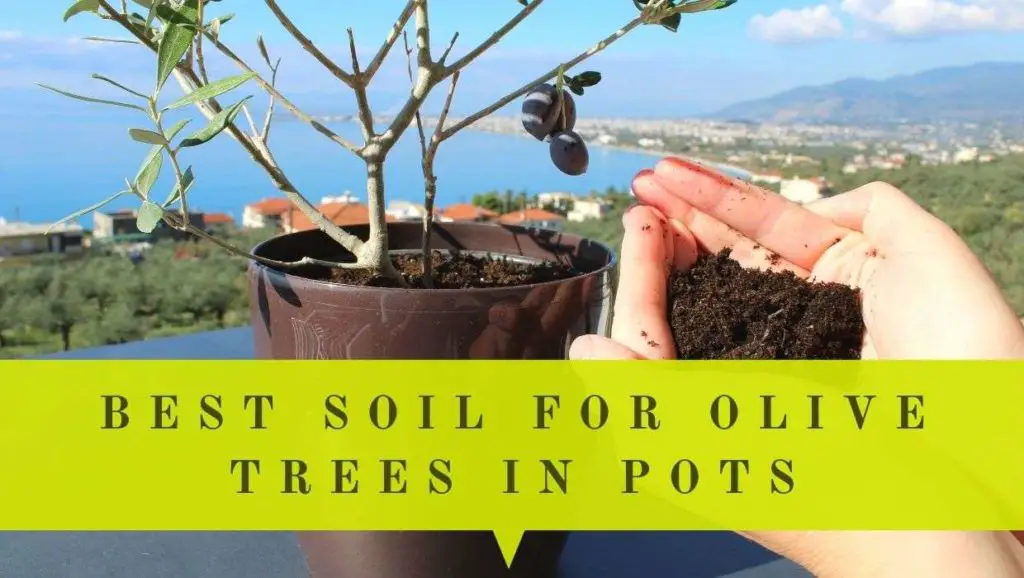



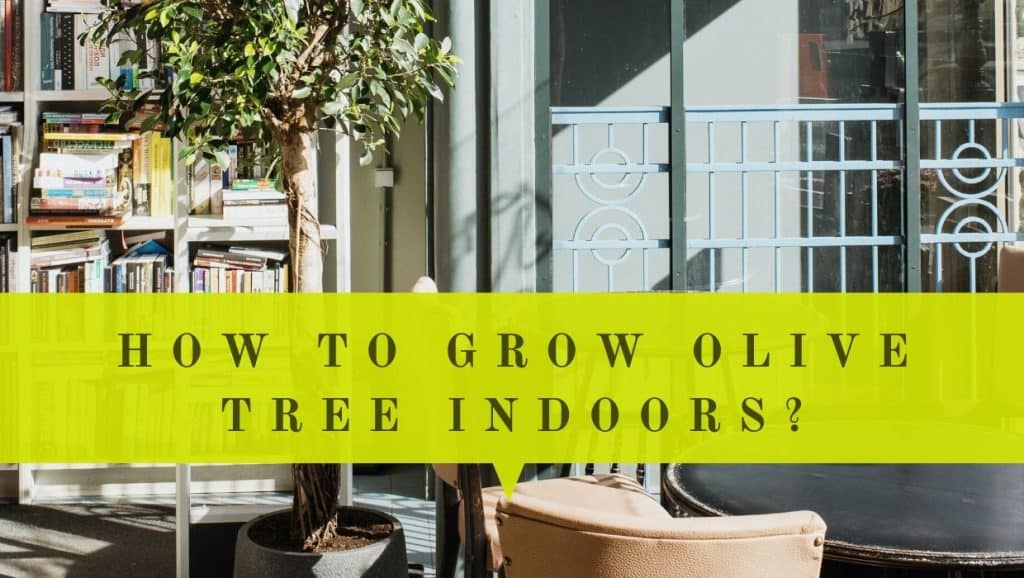

I am Hanan and I have bought a small/medium olive tree, the potting is wrapped in a plastic bag (the instructions say that this is to keep everything moist). I want to repot the tree in something bigger, will I need to do something similar with the plastic bag around the pot? And if so, where might I get a larger plastic bag?
Hello Hanan,
First off, congratulations on your new olive tree! It’s a wonderful choice and will surely add a unique touch to your space.
When it comes to repotting, there’s no need to recreate the plastic bag setup that your tree came in. This is often used by nurseries to maintain soil moisture during the transition from the nursery to your home. Once you’re ready to repot, it’s best to use a well-draining potting mix, appropriate for outdoor plants, and a pot with drainage holes.
Here is my article on how to repot olive tree.
Remember, after repotting, your tree will need a period of adjustment. It’s normal if growth slows down for a while. Keep caring for your tree by watering when the top inch of soil is dry and giving it plenty of light.
Best of luck with your olive tree, Hanan!